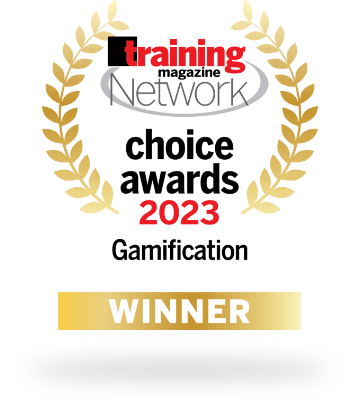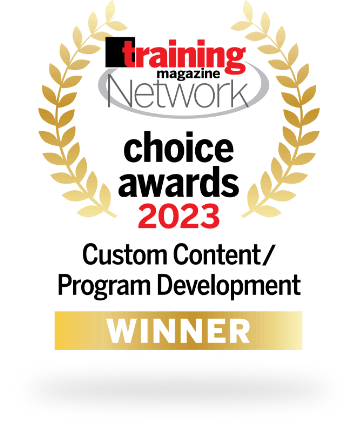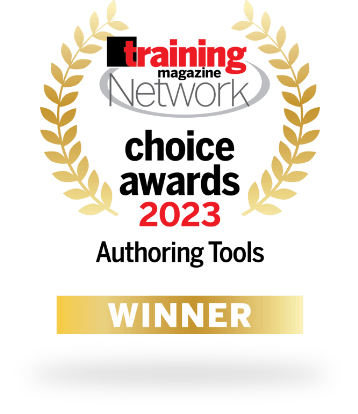The average professional workweek has steadily expanded over the past decade, and one of the main culprits that forces people into 50-, 60- and even 70-hour workweeks is meetings. According to Atlassian, you most likely spend an average of 31 hours at meetings every month, and at least half of that time is wasted.

The growing wastefulness of meetings, has caused people to tune-out. This results in lost productivity and reduces overall morale. People are spending their time in business meetings daydreaming, doing other work, and some people admit to dozing off.
Download our free Guide here to learn how to increase engagement with your team.
Neen James, a time management expert, offers 6 strategies to reduce the number of ineffective business meetings.
- Appoint a Time Keeper. You’ve probably sat through a few meetings that have gone over their time slots. Usually this is caused by banter, hijackers or starting meetings late. None of these are excuses for going over the time. To stick to a predetermined time limit, you should first, set a limit. Then you should appoint a time keeper to watch the clock and give periodic warnings, letting you and everybody else know how much time is left. This will create a sense of urgency and help the meeting achieve its objectives.
- Set an Agenda for Every Meeting. “No agenda, no meeting,” James said. She explains that she doesn’t attend meetings without agendas, as they’re likely to be a waste of time. She recommended her audience do the same. If you ever need to call a meeting, make sure you set an agenda, or be prepared for plenty of absences.
- Standing Meetings. Meetings keep us from the things we should be doing, and some people like it this way. Instead of slaving over their desks, they get a chance to sit back and relax, while they zone out for 30 minutes or an hour. Of all workers attending meetings, 91 percent admitted to daydreaming, according to Atlassian. At The Bob Pike Group, we call these people Vacationers. To keep your participants from taking a mental vacation, make sure they don’t get too comfortable. Ask each of your participants to stand up during the duration of your meetings. James used this practice for one of her clients, and it provided immediate results. Because participants were more focused on staying on task, they were able to reduce their meeting time to 15 minutes.
- Invite the Right People. In many cases, not everyone has to partake in a meeting. This is why you need to be careful when deciding whom to invite. Although the meeting may only take 30 minutes, the amount of work time you waste is multiplied by each participant. If four participants didn’t need to attend the meeting, but were invited anyway, you’ve wasted 2 hours of productivity.
- Don’t Start or End Late. James stressed that it’s important to honor everybody’s time. By starting and ending meetings on schedule, you send a message to your participants that their time is valuable and that you respect their pending responsibilities. If some extenuating circumstance demands you start a meeting late, it’s best to ask the participants who arrived on time if you can start late. By receiving their permission before starting late, you honor their time by acknowledging and commending their promptness, and increase the likelihood that they’ll continue to be on time.
- Maintain Focus. There are two culprits who lead meetings astray: the chatterbox and the hijacker. You’ve probably met these types of individuals before, and although they’re great people, they don’t mix well with meetings. You can’t simply exclude them. They most likely have plenty of valuable input to provide. As a meeting facilitator, it’s your job to keep them on track. James suggested facilitators say “For the sake of time, we need to move on” whenever a participant starts to take the meeting off track. If the difficult participants continue to take meetings off track, ask them to discuss their issue with you after the meeting.
For more tips on facilitating productive meetings check out our workshops. To meet the needs of both trainers and managers, we designed the Training Provider to Trusted Advisor Workshop.
Editor's Note: This post was originally published in November 2014 and has been updated for accuracy and comprehensiveness.







